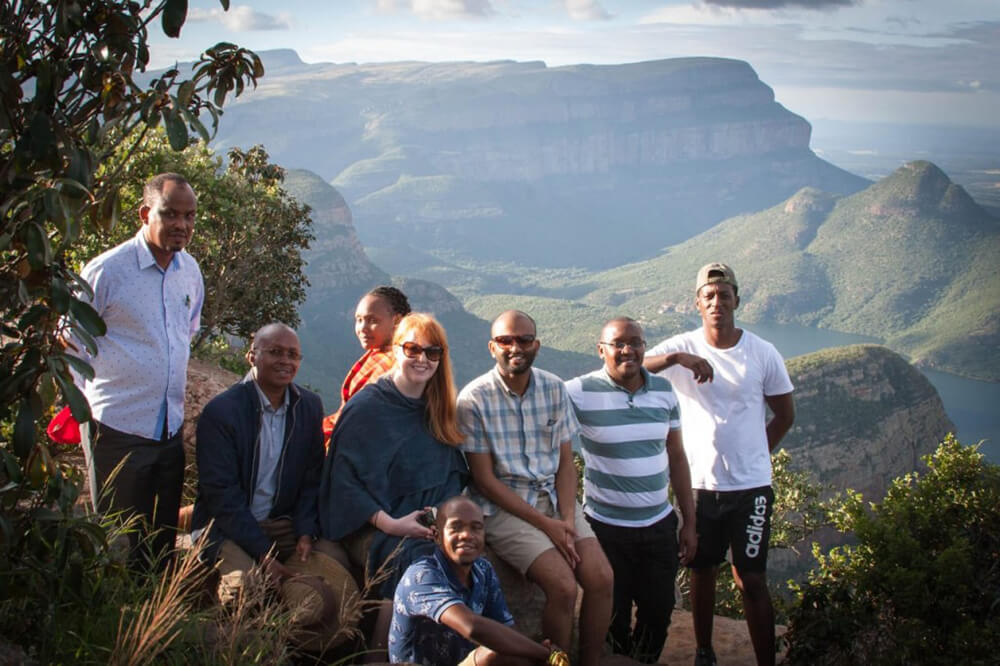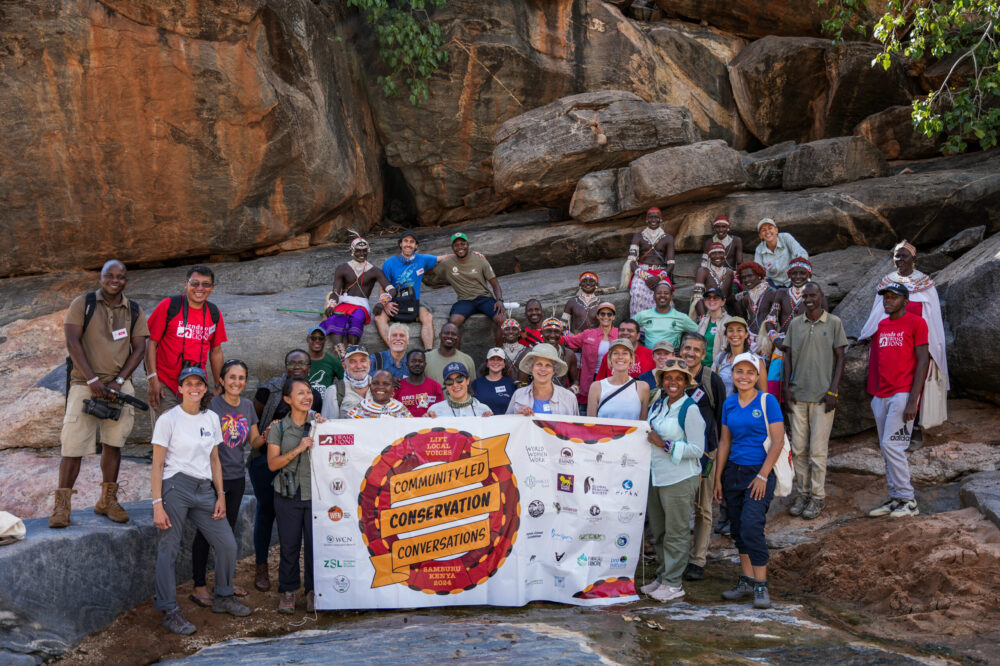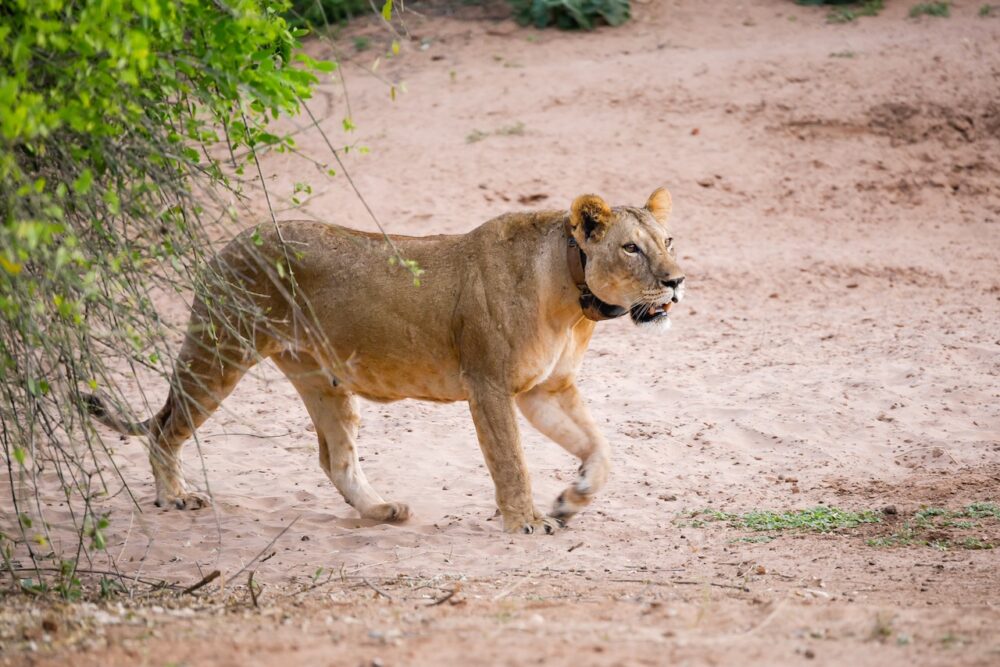
Integrating green and grey infrastructure in the wild lands of northern Kenya is coming into increasing focus for Ewaso Lions. The future of lions now not only depends on where people live and navigating safely through the landscape, it now also hinges on the effects of mega projects that are set to cut through our study area.
In March, in partnership with the Grevy’s Zebra Trust, our joint Landscape Infrastructure Advisor Sarah Chiles and Ewaso Lions’ Research Manager Toby Otieno travelled to attend the inaugural African Conference for Linear Infrastructure and Ecology (ACLIE) held in Kruger National Park, South Africa. Centred around linear infrastructure, namely roads and rail, energy, power lines, canals, pipelines, and fences, and their impacts on the environment, ACLIE was the first of its kind, not only for Africa, but also in the framework of combining transportation and energy at one forum outlining multiple, common threats to the environment.
For our team, mining this new information was key. But we realized early on that the data gathered needed to be in the hands of the right people in order for real change to be effected at this national scale. Therefore, above and beyond building our own capacity, we used this opportunity to advance the expertise of Kenya’s infrastructure decision makers. Thanks to support from the Wildlife Conservation Network, we sponsored senior officials from the Kenya Highways Authority (KenHA) Kenya Railways Corporation (KRC), LAPSSET Corridor Development Authority and the Kenya Electricity Transmission Company (KETRACO) to attend the conference, which focused on potential solutions for the proposed linear infrastructure developments across the African continent in the era of development corridors.
The conference included case studies of everything from how to prevent Martial Eagles being electrocuted on power lines, and sykes monkeys being killed on roads in South Africa, to examples from North America on the design of bridges specially constructed over roads to assist wildlife in crossing, and prevent collisions on roads, were just some of the practical illustrations of the significance of this work.
The government delegates we took with us expressed their appreciation for the efforts to bring them into the discussion, and conveyed hopes that the knowledge gained would translate into novel ways Kenya could construct its future while taking wildlife needs into account.




